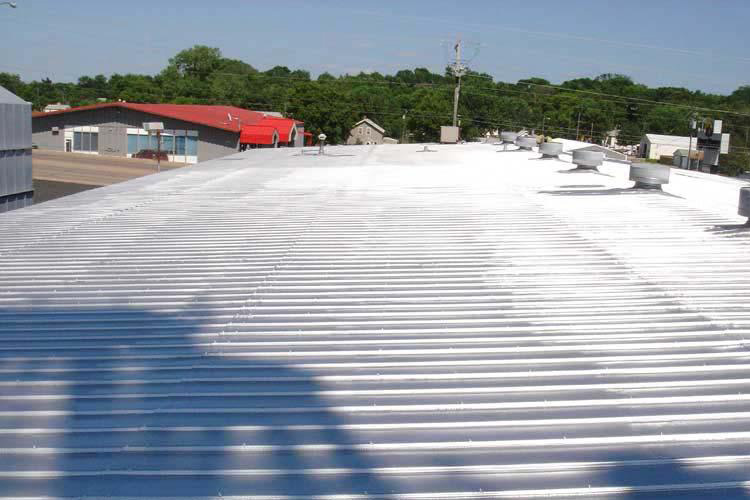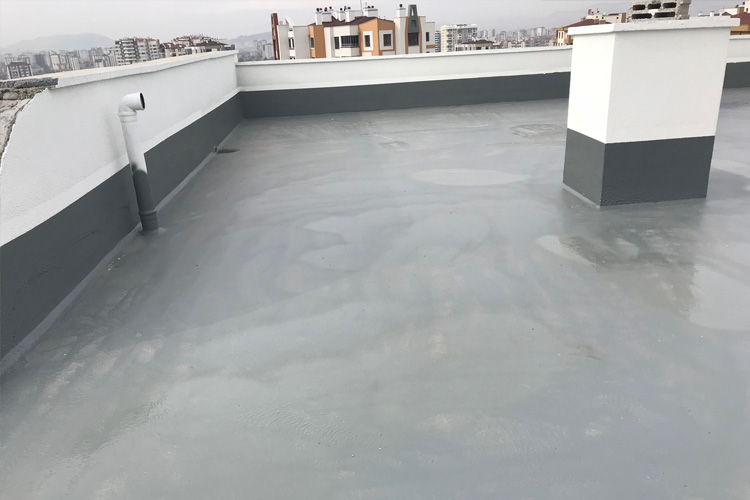Is your sidewall ready for winter?
Insulating your home for the winter is important for every homeowner as air temperatures experience new lows every day.
A cold and dreary home makes life boring and negatively affects the mentality of its residents. There are certain ways to make your home warmer and more comfortable during the winter months. Read further to learn more home insulation tips for the winters.
Check the insulation
Green fiber cellulose insulation and fiberglass blown insulation provide an excellent thermal barrier that meets the highest air quality standards and does not collapse over time. This is the best way to seal air leaks between your living space and attic. A quality ceiling insulation helps retain heat, reduce noise and even prevent the spread of fire.
Side Wall Insulation
Statistically speaking, about 35% of all heat loss in a house occurs through the side walls. Because the side walls of a house are in direct physical contact with the cooler temperatures outside, heat loss is caused by conduction or physical contact. If the side walls are not properly insulated, the heat energy inside your home is constantly lost through conduction through the side walls.
Air Flow
Moving air feels colder to our skin and therefore fans are used in summer. During the winter months, active air can infiltrate your homes.
On average, a typical home loses about half of its air every hour, and this amount can increase when outdoor temperatures are extremely cold and the wind is blowing. In this scenario, the best way to prevent this from happening is to minimize air leaks. The most common points where air leaks occur are:
- Penetrations and cracks around windows and doors
- External cracks in brick and siding
- Plumbing and cable penetrations from outside to interior of the house
- Mail slots or pet gates
Weatherproofing old windows for the winter and winterizing windows and doors can save a lot of energy and minimize your electricity bills.
Use warm lighting
Small and inexpensive steps like replacing those cold bulbs with warm bulbs, using string lights, and always leaving a low voltage night light will definitely make your home cozy and inviting.
Household items such as thick curtains on the windows, rugs and carpets on the floor, artwork on the wall and mirrors also make the house warmer and add joy to your home.




